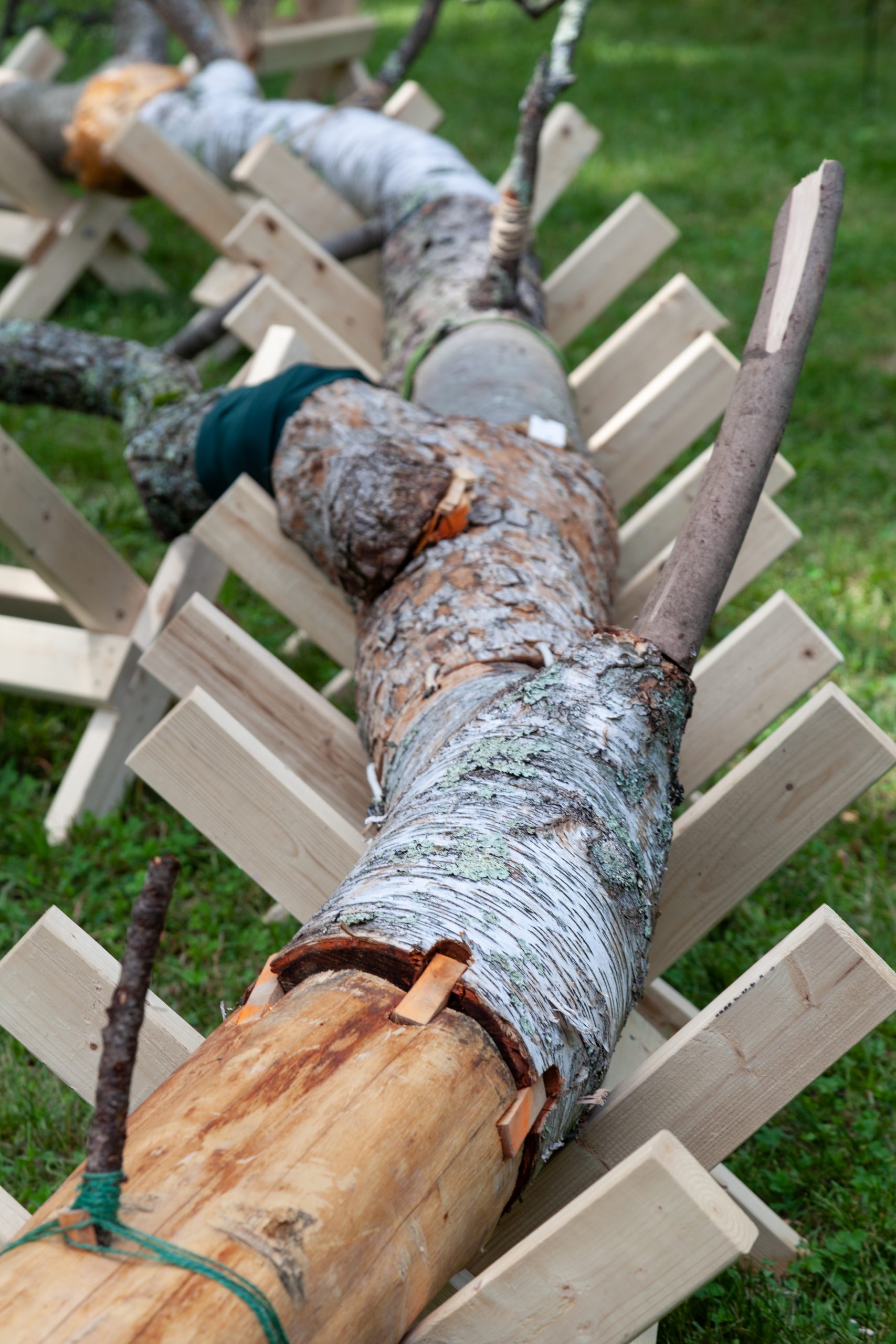It is sometimes easy to forget that a place like the Arnold Arboretum at Harvard University is a collection. The 281 acre preserve, designed by Fredrick Law Olmsted and opened in 1872, is the oldest arboretum in North America and is celebrating its 150th anniversary this year. Located in Jamaica Plain and Roslindale, the park is known by Bostonians as one of the most beautiful places to take a stroll in the entire city. However, as they state on their website, the Arnold Arboretum is a museum of trees teaching the world about plants.
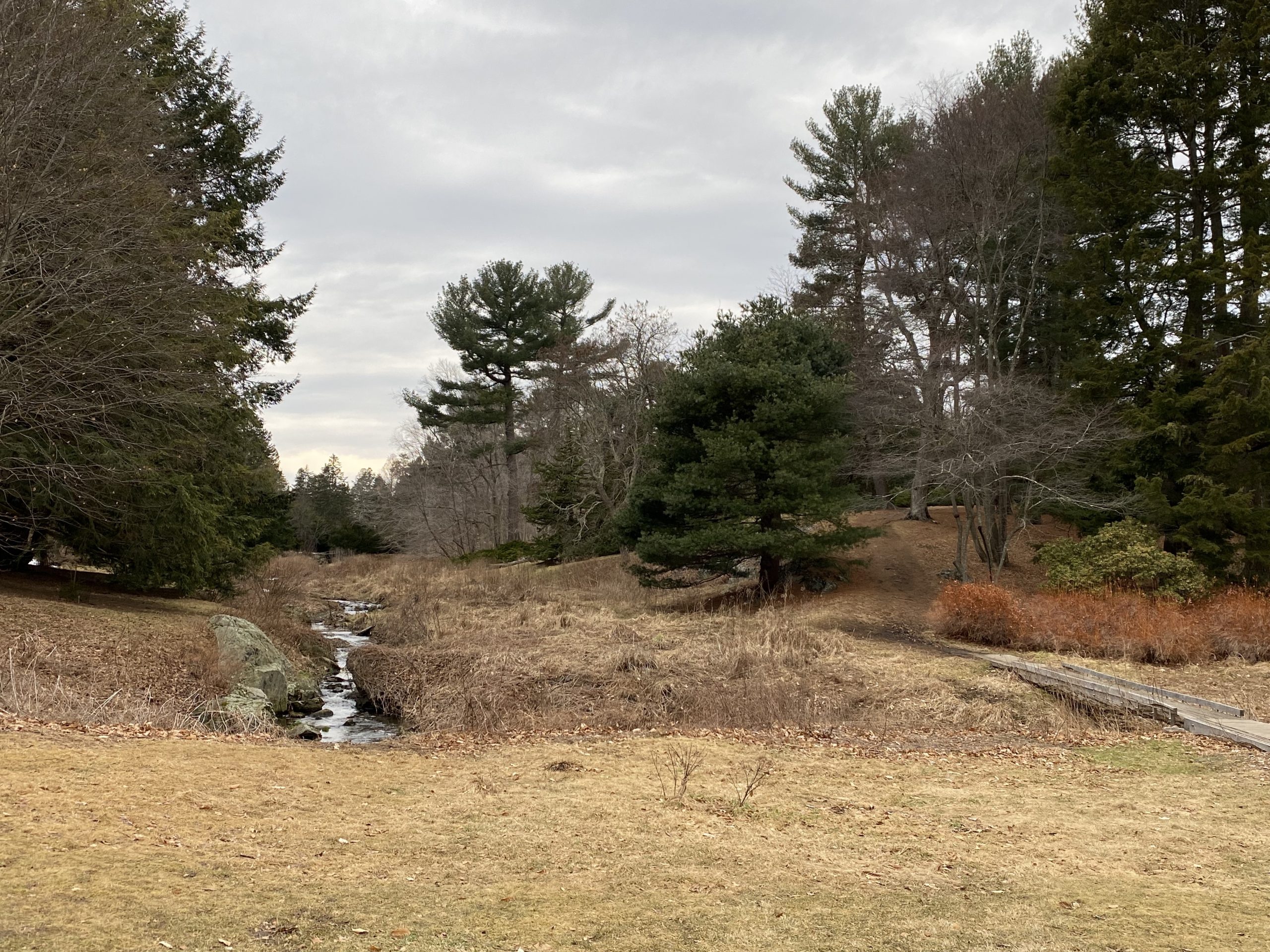
“I strive to build pieces that are filled with a love of the fertile, bursting and complex ecology that pulses around us. I want to live in a realm that encourages a view of the world that doesn’t just center humans, but elevates the funny, magical and strange place we call home.” — Ethan Murrow
When matching artists to venues for the Action Pact 2022: Visioning the Future public art initiative, I had no idea that Ethan Murrow lived in Jamaica Plain. As I later learned, he runs through the Arboretum several times a week. He is one of those local residents who is lucky enough to regularly enjoy the space. Meanwhile, he writes in his bio, “I strive to build pieces that are filled with a love of the fertile, bursting and complex ecology that pulses around us. I want to live in a realm that encourages a view of the world that doesn’t just center humans, but elevates the funny, magical and strange place we call home.” Clearly he was a perfect match for the Arboretum. Ethan’s work often includes whimsical or farcical adventures in and with nature. In retrospect, I can’t get the idea of an artist running through a museum full of trees out of my head.
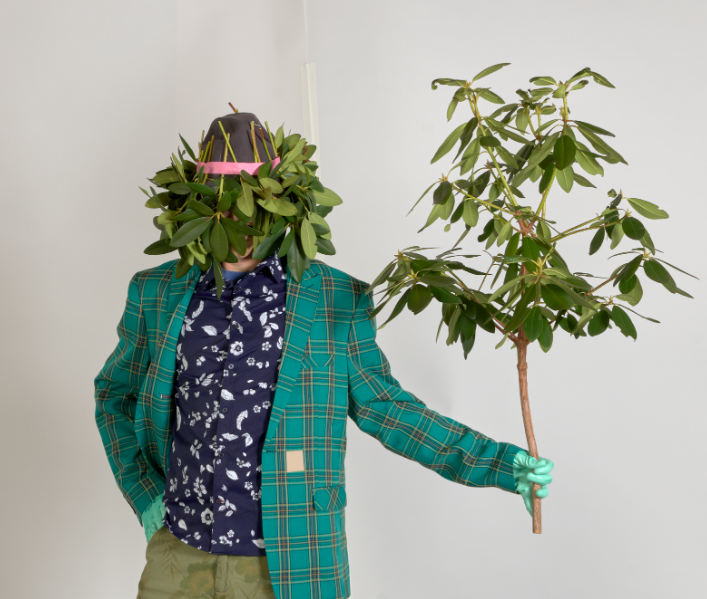
As Ethan began to conceptualize his work, it was clear that he wanted to use organic and natural materials that directly related to that landscape. Sheryl White, Coordinator of Visitor Engagement and Exhibitions and Rachel Brinkman, Manager of Horticulture arranged a visit to the composting yard on campus. We were kind of in awe, it was the nicest yard we had ever seen, with beautiful and perfectly organized piles of wood, mulch, and soil. The team reuses and repurposes just about everything, they even set aside choice logs for local woodturners. Every seed, bud, and branch seem to find a new life somewhere on the grounds.
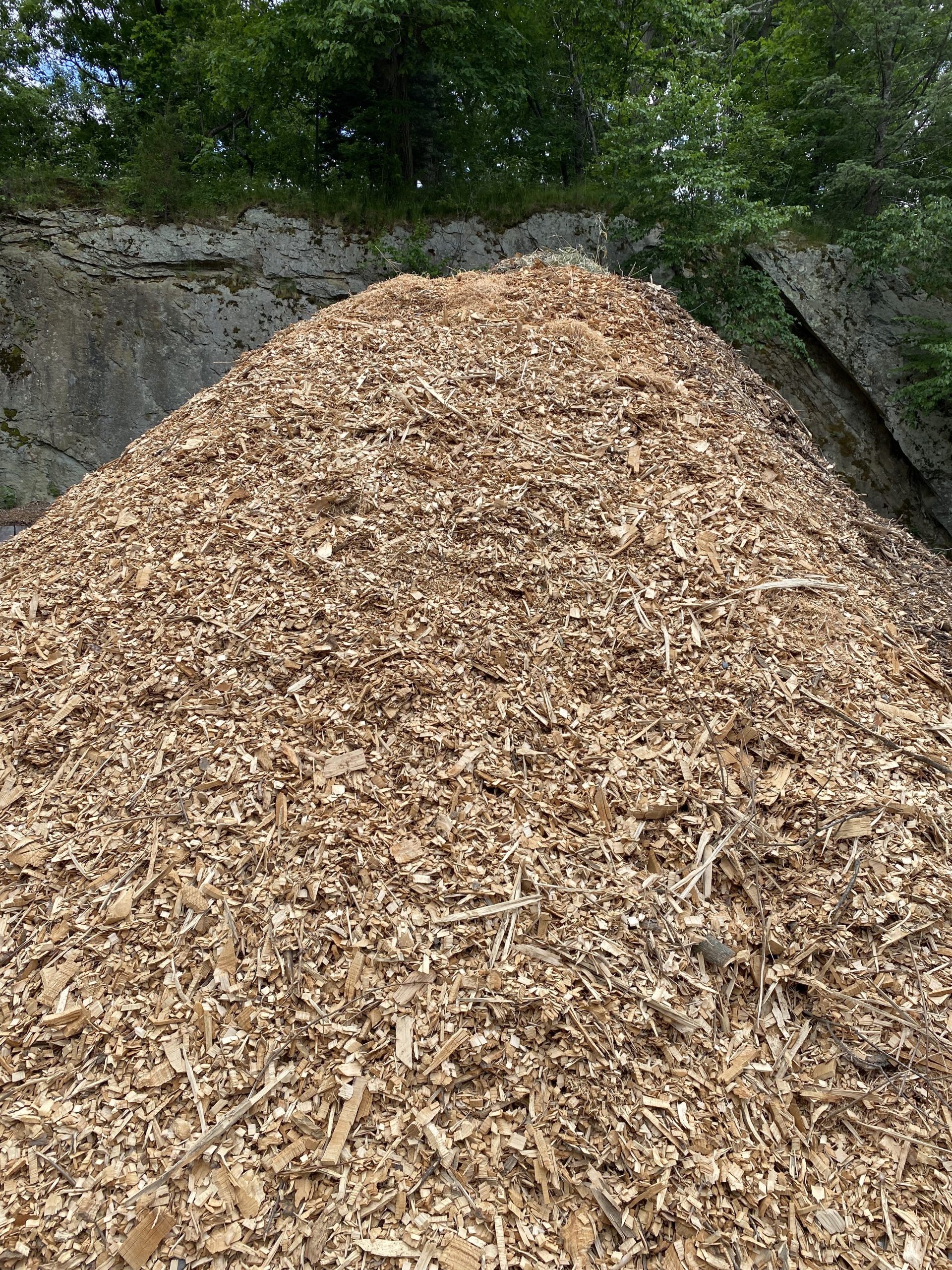
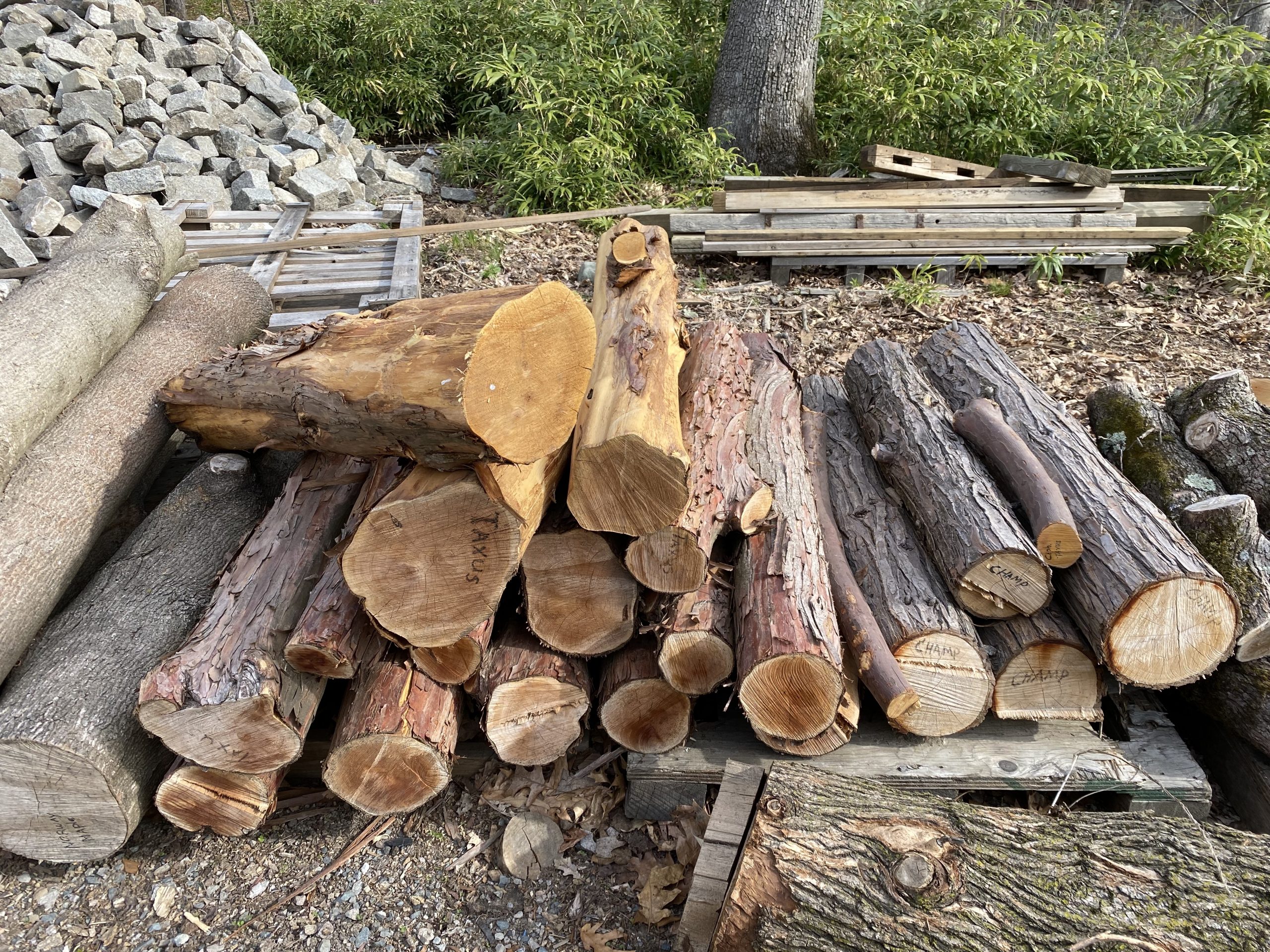
It didn’t take long for Ethan to notice a giant pile of gorgeous logs, branches and various shapes of timber. I could see the wheels turning in his head and knew that he would somehow incorporate them into his work. It was a giant mix of so many tree species and some of the pieces were works of art in themselves.
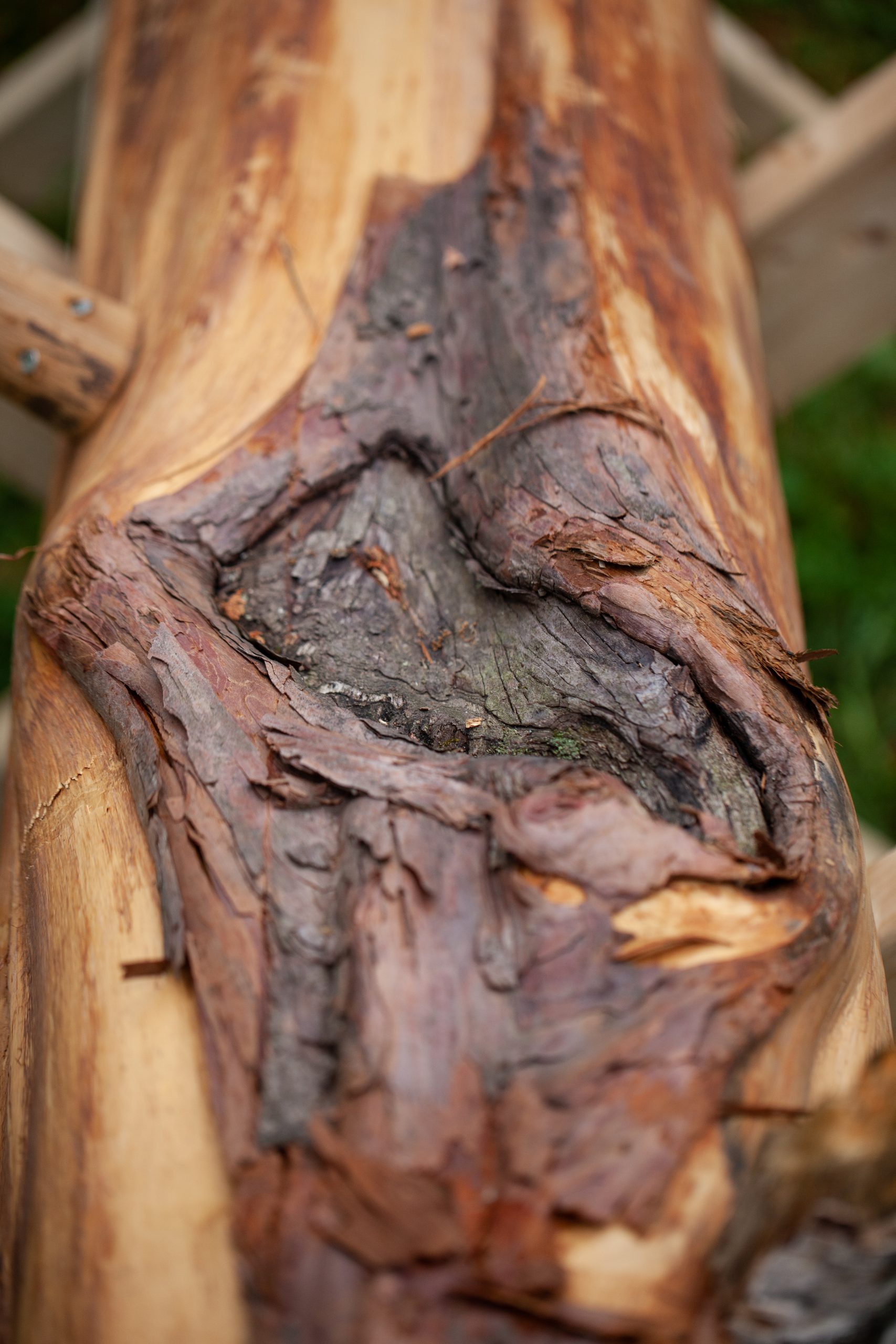
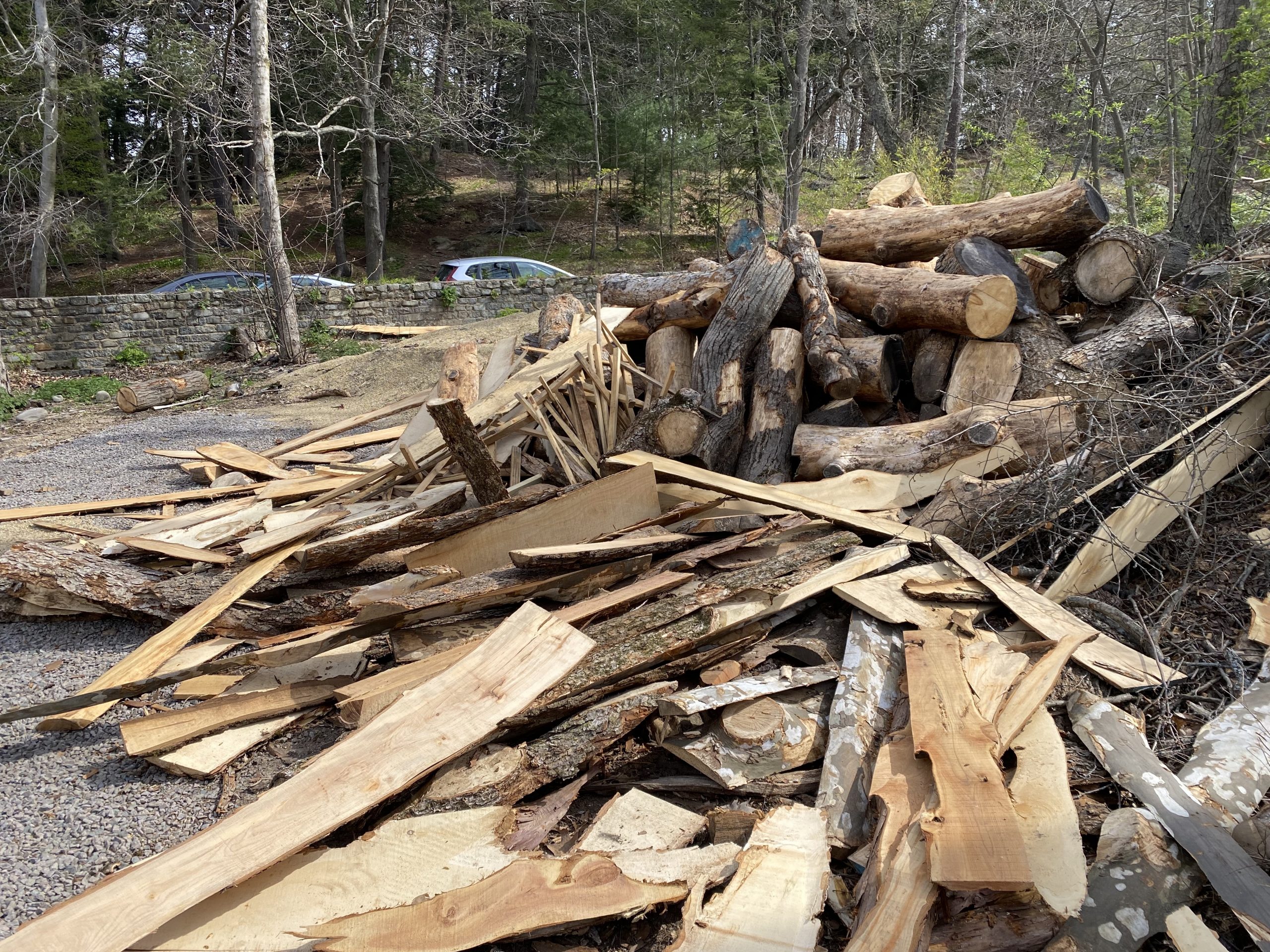
Ethan took a few days to think about these materials and the best location in the landscape for his work. He made a few subsequent visits to the Arboretum where he noticed a number of downed nurse logs throughout the campus. In the end, his proposal was to create a massive fallen and collaged tree from the many species of wood he found in the yard. He intended the work to be a celebration of the biodiversity and immensity of the Arboretum’s collection and a memorial to trees, death, and rebirth.
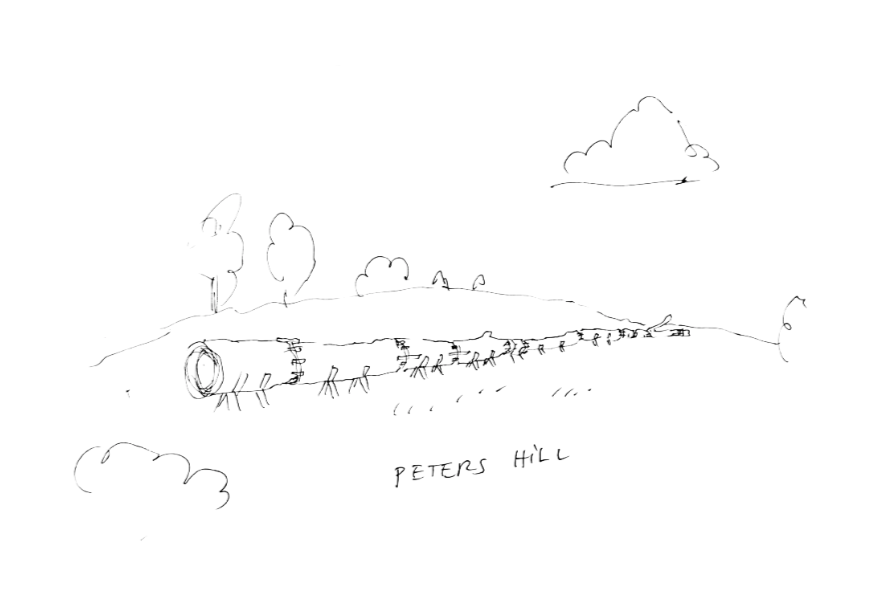
During installation the Arboretum horticulture team, who cultivate and maintain the collection, helped bring the piece to life by identifying species, moving materials to the site, and prepping the Peters Hill location (near the Mendum Gate in Jamaica Plain). We made many trips back and forth from the yard to the site, it almost felt like we were on one of Ethan’s runs through the forest.
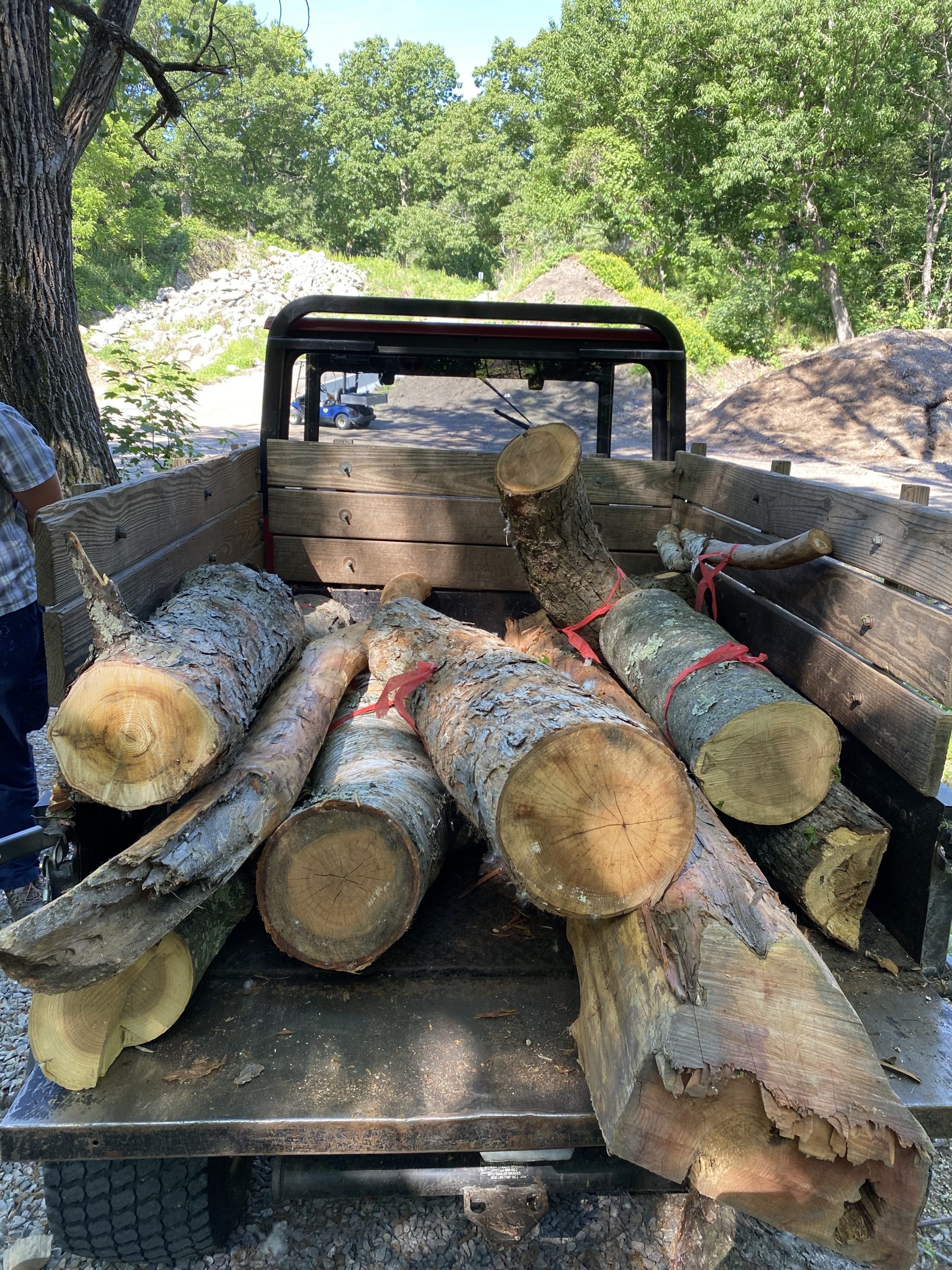
The piece, called Restoration, creates a new tree from butting the logs and limbs of various species up against one another in an intentionally mismatched manner, a nod to the hard work and delicacy of Arboretum staff tending to the trees’ health. Of course restoration means bringing something back to life or giving it a new life…the act of returning something to a former condition. With a kind of surgical precision, Ethan and his assistant Nicolas Papa tied, wedged, wrapped, stitched, jointed, and belted each log together.
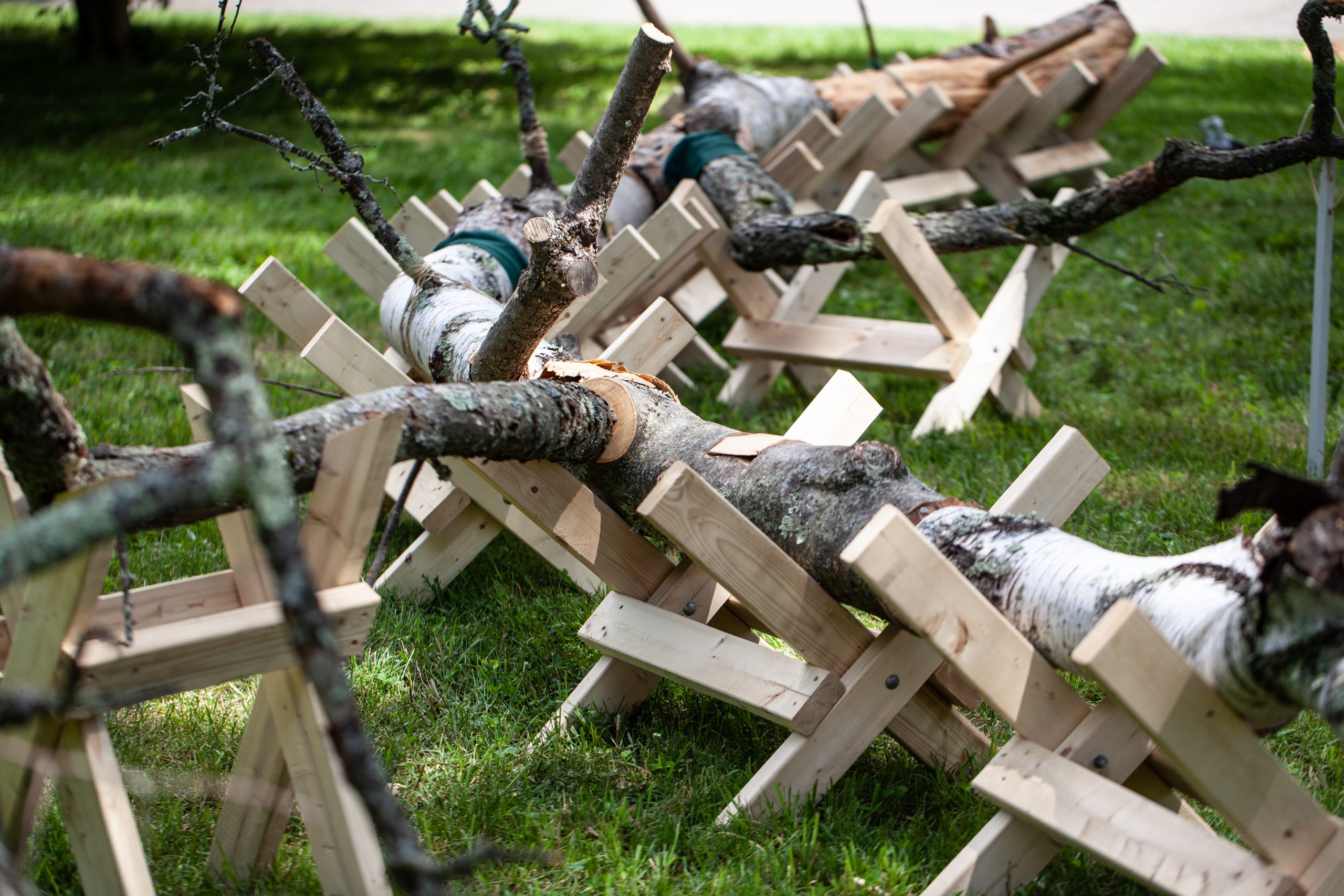
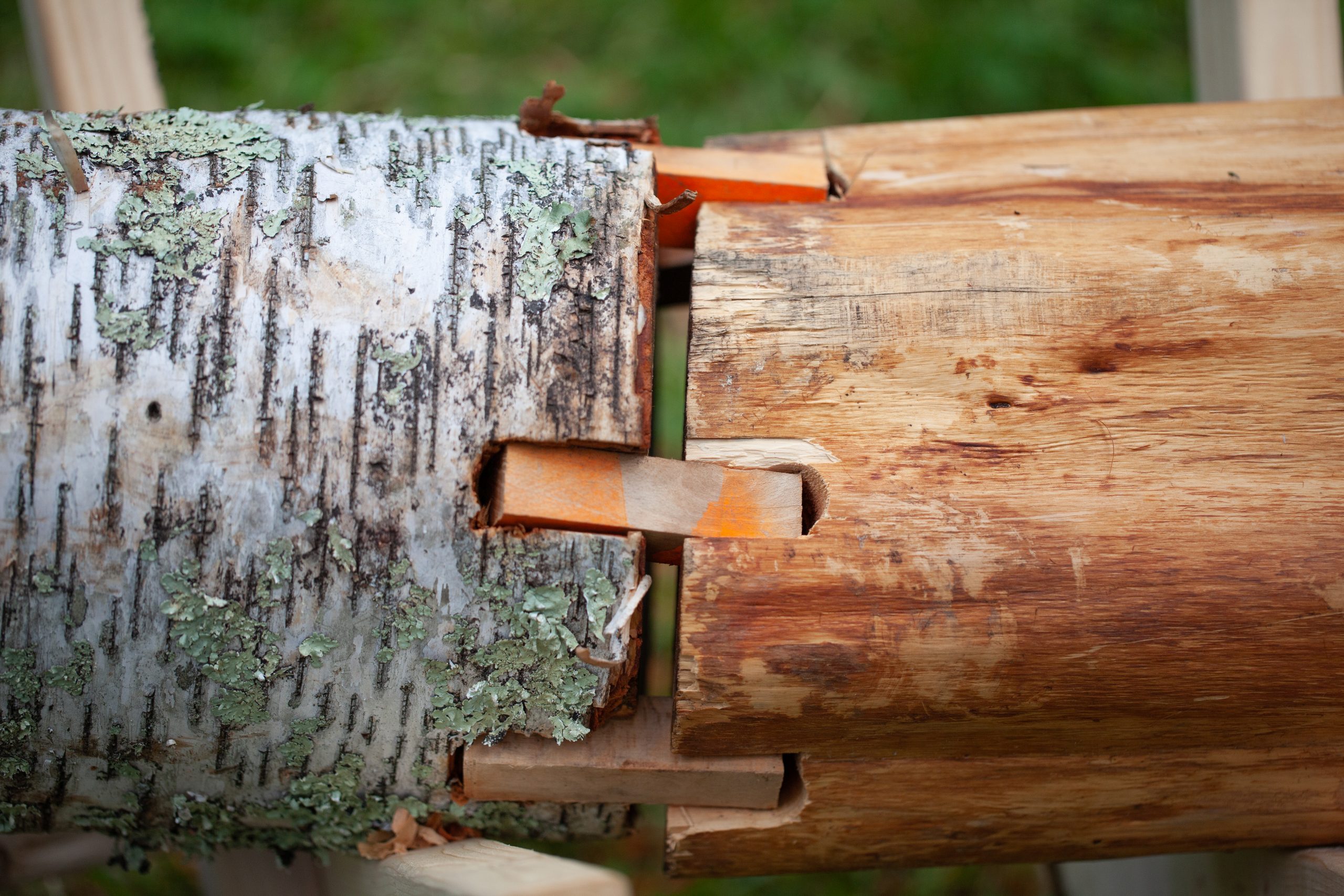
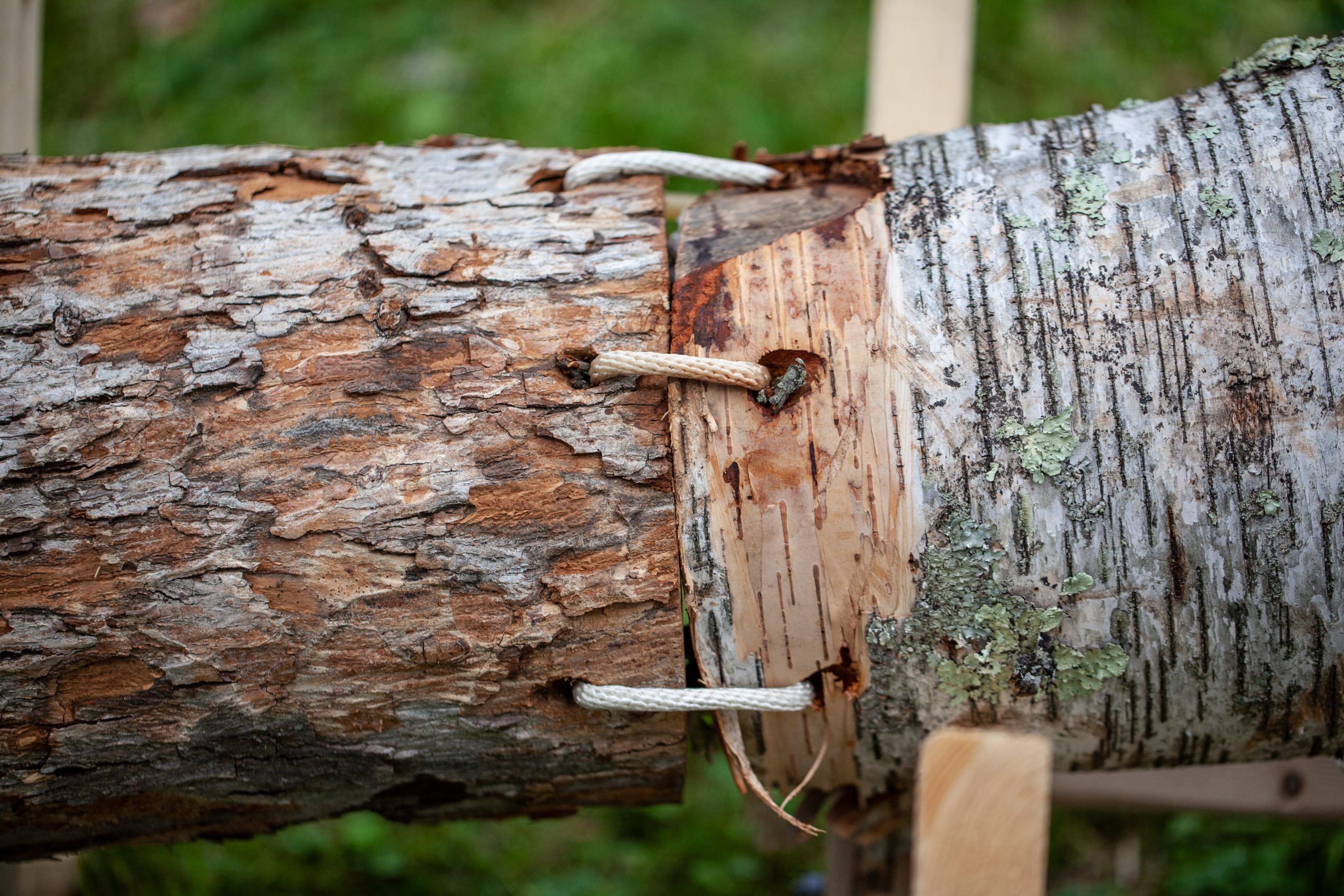
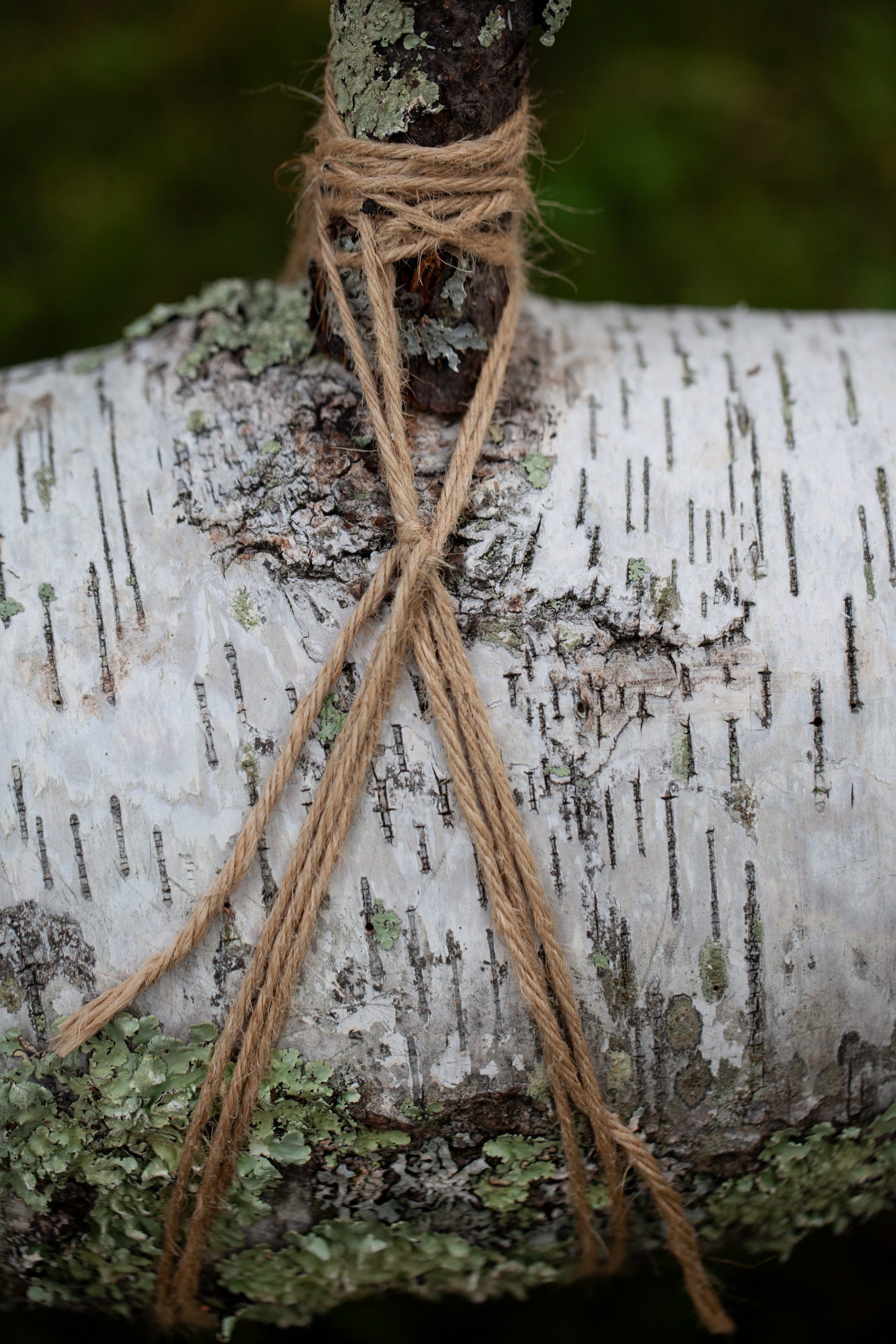
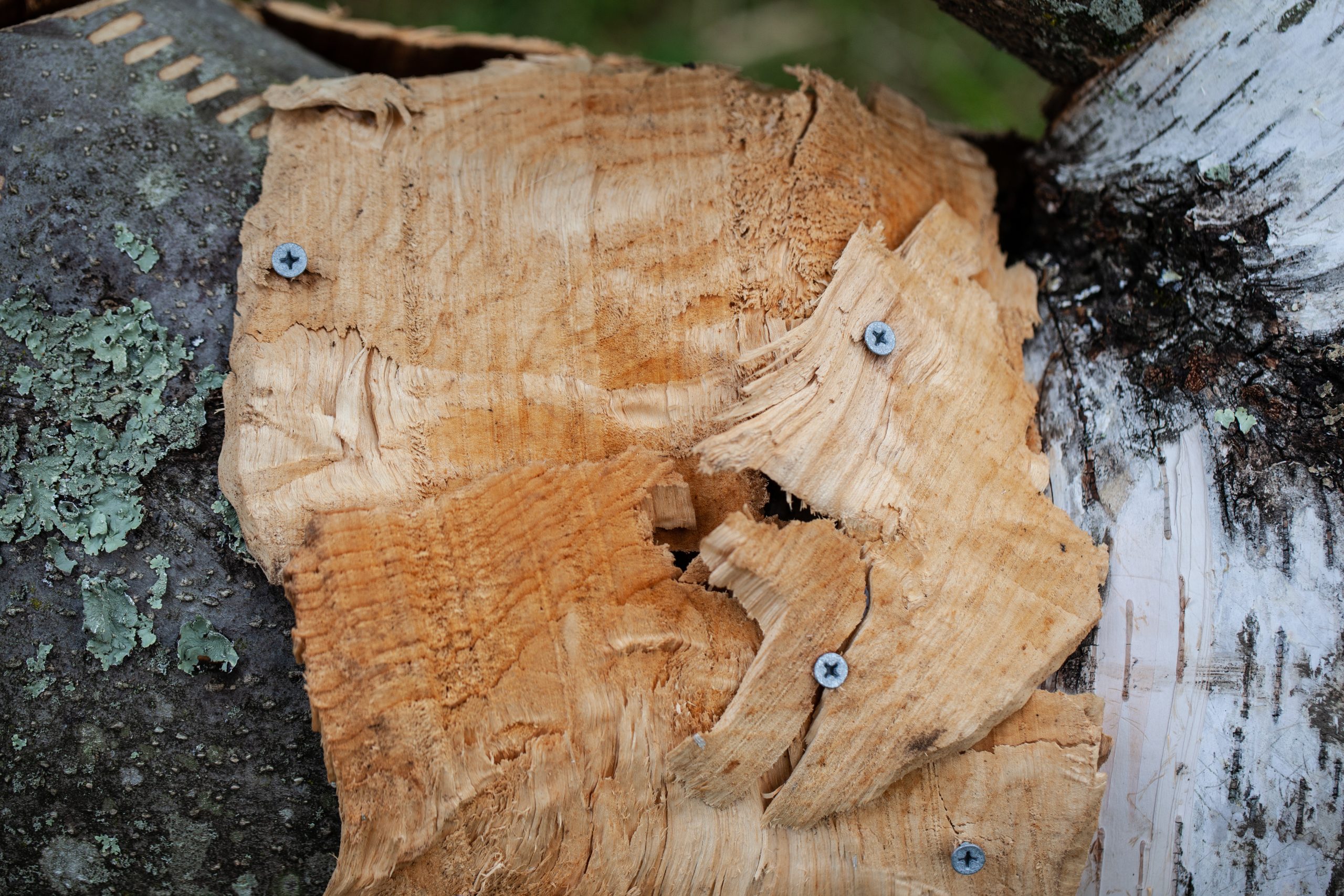
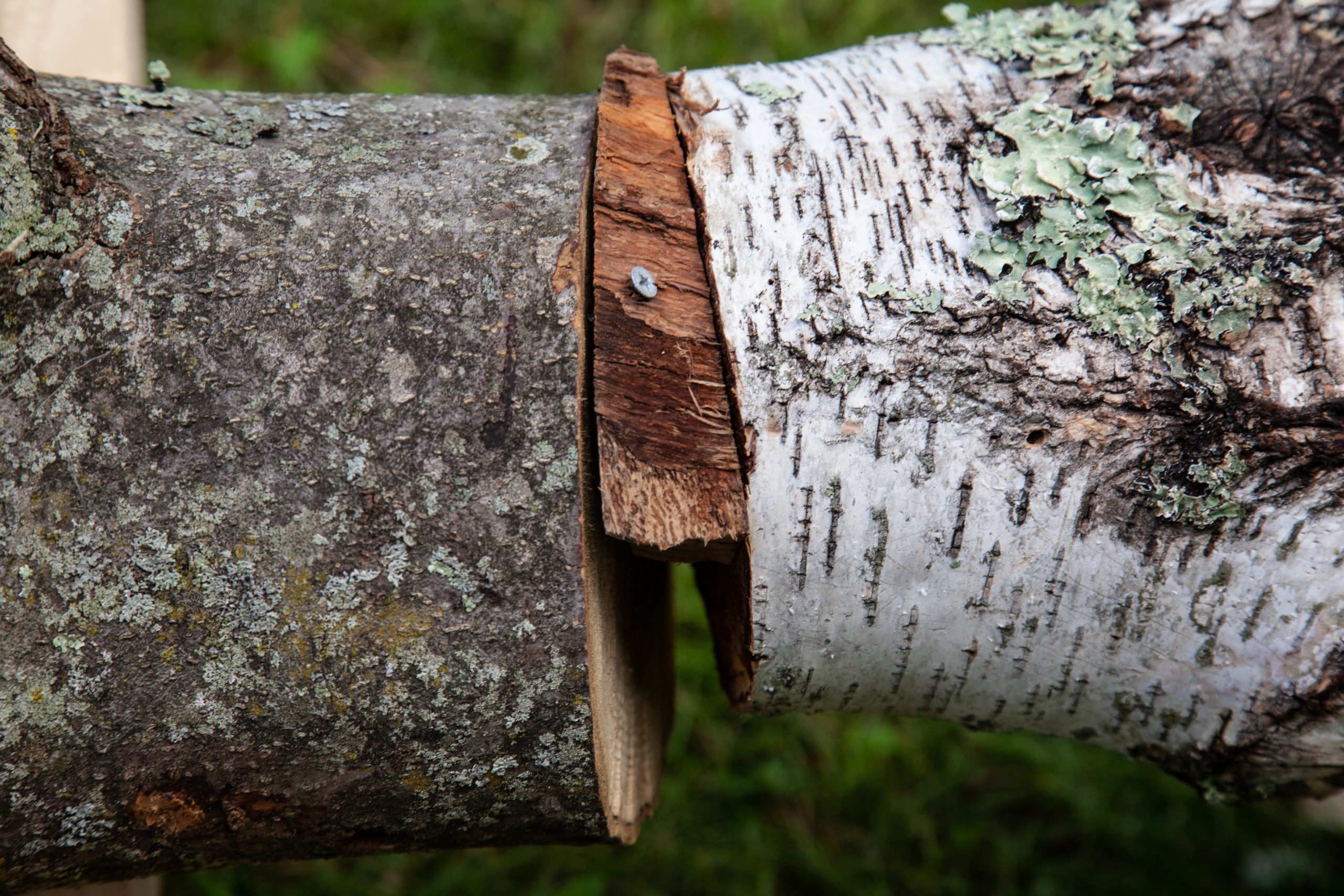
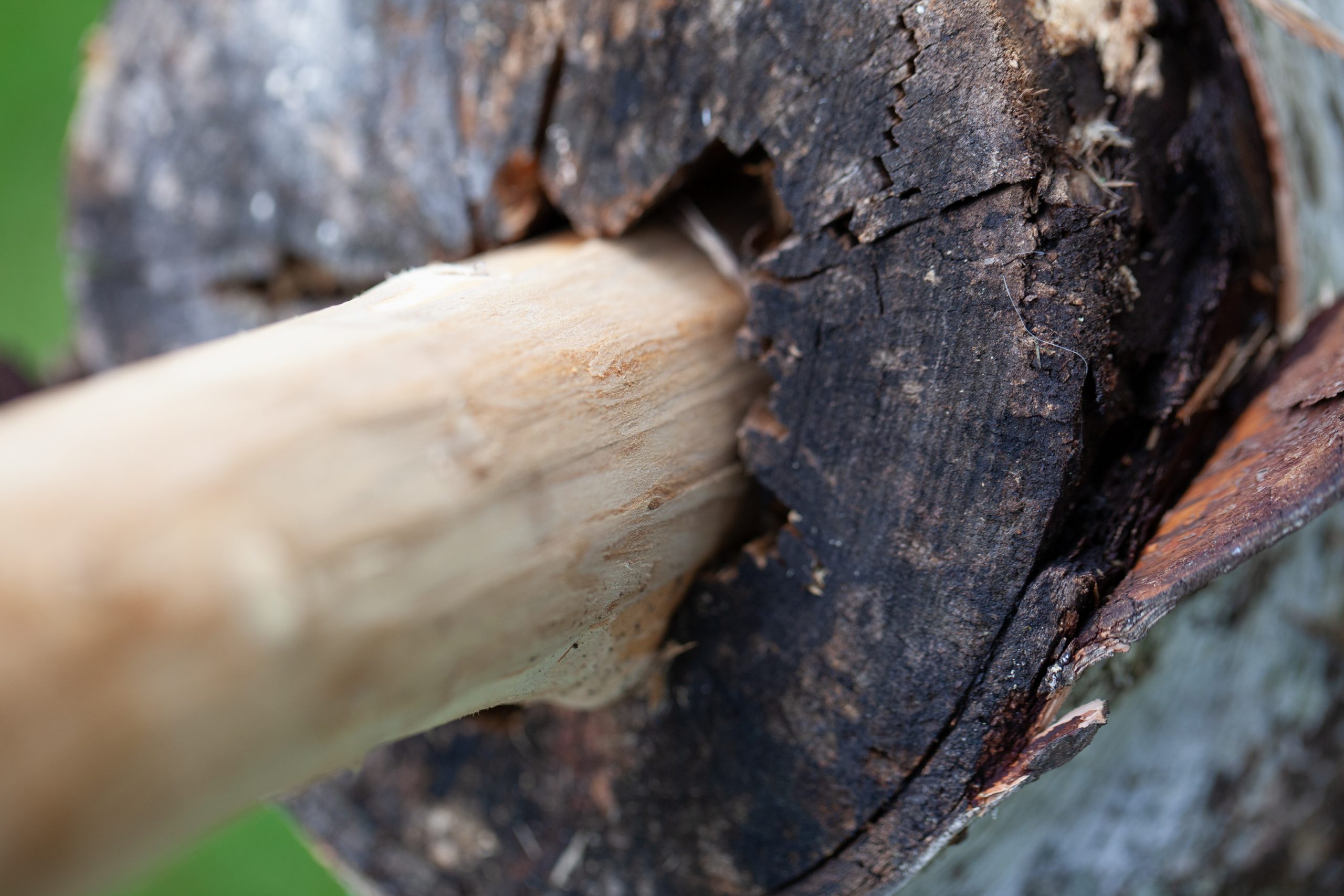
The logs are held in place by a series of braces and crutches that both support and delicately cradle the mended tree in place. They somewhat ironically bear the physical weight of the piece, but also make it float like a precious and delicate heirloom plate placed above a mantel. As Ethan suggests in his description of the sculpture, the tree functions like a big nurse log, and in a way it is a patient, propped up on supports and cobbled together, ready for its next stage of life. The goal of the piece is to encourage investigation of the land and collection and to celebrate what is fertile and fruitful. He describes the work as slightly absurd and dynamic for viewers, it acts as both a marker to visit and observe and a declaration and celebration of the Arboretum’s extraordinary presence in the community.
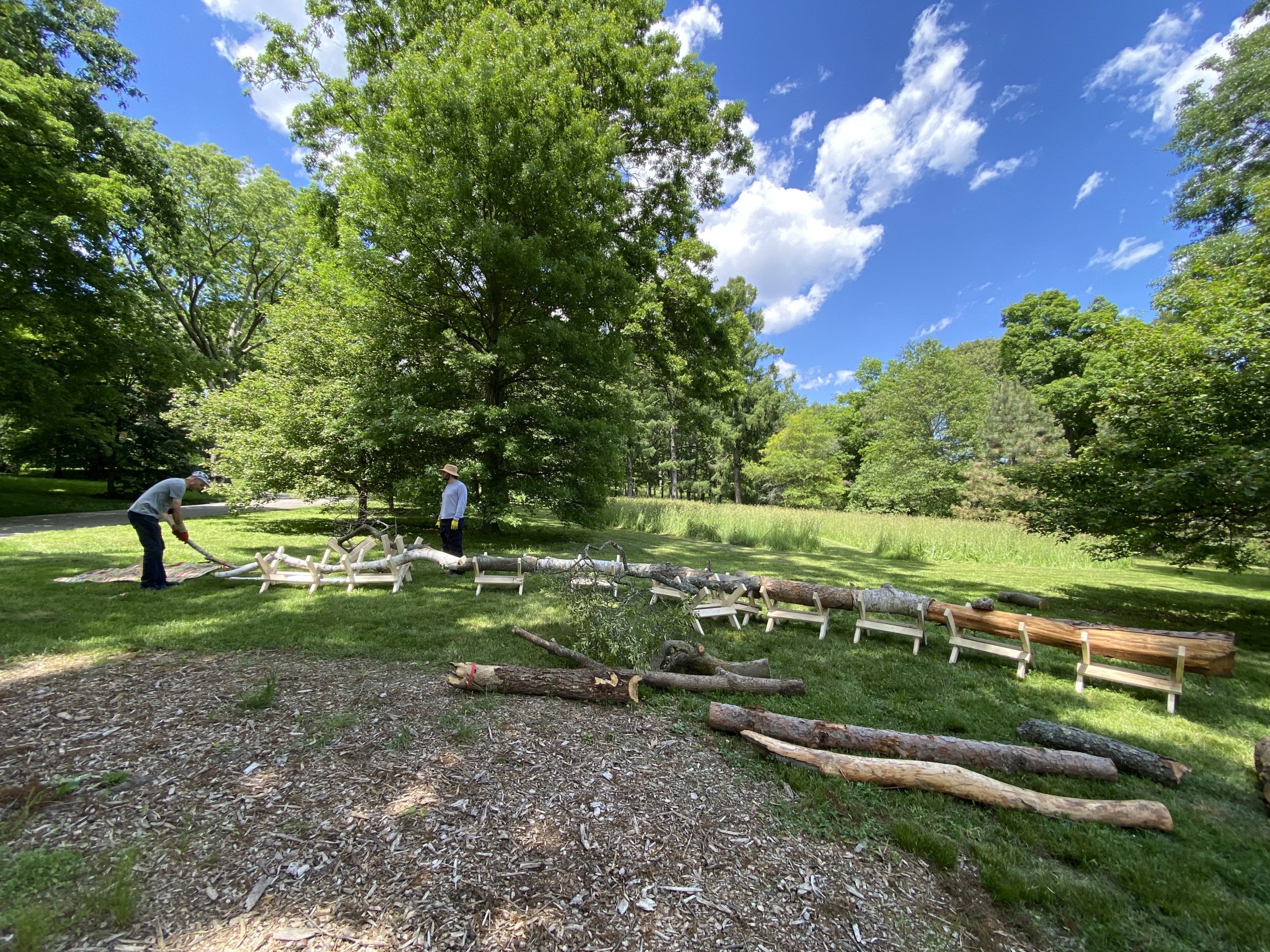
The work ties directly to the Arboretum’s mission of care, preservation, observation, and learning. Many of the materials used to join and support the piece were repurposed from older sculptures and all of its components will be recycled, composted, or reused in future artworks. All of the logs will be returned to the yard and turned into mulch that will go back onto the grounds.
Ironically, at one point during our visit to the yard, Sheryl mentioned a specific tree species in the Arboretum collection and she said a phrase that had not fully occurred to me, “that species no longer exists in the wild.” Looking back, that was pretty prophetic because Ethan’s piece clearly is not a species that “lives” in the wild, but it will exist for the next three weeks or so on Peters Hill and I encourage you to spend some time with it.
